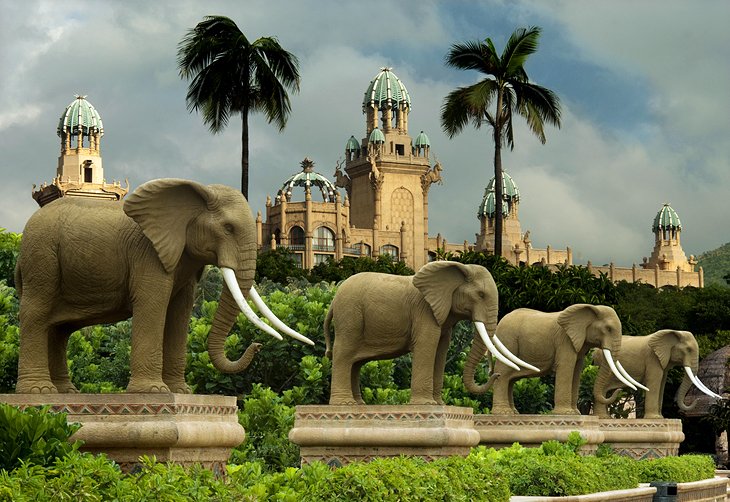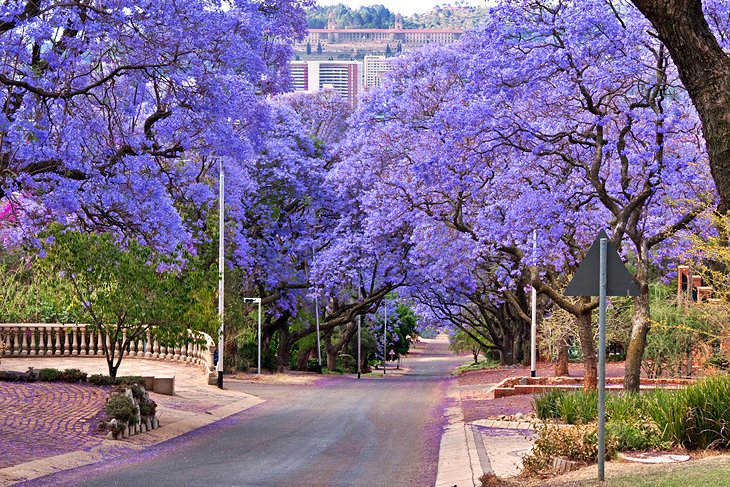The Facts About Johannesburg North Attractions Revealed
The Facts About Johannesburg North Attractions Revealed
Blog Article
Not known Factual Statements About Johannesburg North Attractions
Table of Contents9 Simple Techniques For Johannesburg North AttractionsThe Of Johannesburg North AttractionsGetting The Johannesburg North Attractions To WorkWhat Does Johannesburg North Attractions Mean?Some Known Factual Statements About Johannesburg North Attractions The Only Guide to Johannesburg North Attractions
The city expanded on the side of the Witwatersrand Main Coral reef, a below ground stratum of gold-bearing quartz-silica conglomerate that arcs for hundreds of miles under the Highveld - Johannesburg North attractions. Most of the gold mines in the city stopped operation in the 1970s, but in its day the Witwatersrand gold sector accounted for even more than 40 percent of the globe's annual gold manufacturing.Johannesburg has a warm climate. The city appreciates regarding 8 hours of sunlight per day in both winter and summer.
What rain the city gets falls nearly exclusively in the summer season, often in stunning late-afternoon electrical tornados. Air pollution postures a considerable issue, particularly in the winter months, when thermal inversions hamper the westward circulation of air from the Indian Sea. Pollution is most serious in the densely worked out Black municipalities on the city's periphery, where many homeowners still rely upon coal for gas.

Some Known Factual Statements About Johannesburg North Attractions
The balance of the city is inhabited by whites. Accommodation varies in character and top quality. Soweto is notorious for its limitless rows of municipally constructed, two-room matchbox homes, yet it likewise has a couple of thriving enclaves along with brimming squatter camps, where tens of thousands live without water, electrical power, or cleanliness facilities.
Physical development, although rather restricted by transportation, proceeded rapidly as migration to South Africa, and Johannesburg specifically, boosted significantly. This issue was fixed in the 1930s when the car was presented in automation to South Africa. Automobiles were, generally, restricted to the affluent, and allowed them to move to the north of the city and commute right into the centre.
Most bad residential areas were combined, with inadequate blacks and whites cohabiting, although the affluent suburbs were generally scheduled for whites. This altered with the election of official website the National Party in the 1948 political elections, who started to formalise the system known as apartheid. Racism officially marked which residential areas each race could stay in under the Group Areas Act.
The approximated populace of the region is 200,000, [] but the number of individuals staying in the internal city on an informal basis is unknown, as many are prohibited immigrants. The majority of higher-income homeowners and white people have transferred to the northern residential areas and have been replaced by lower-income black individuals. The unemployment, education, and age accounts of the location are all unidentified, due to the difficulty of acquiring trustworthy info about the area.
Johannesburg North Attractions Fundamentals Explained
Centred on the CBD, the region includes the residential areas of Yeoville, Bellevue, Troyeville, Jeppestown, and Berea to the eastern. To the west it infects Pageview (Johannesburg North attractions) and Fordsburg. There are little industrial parks to the south, such as City West-Denver and Benrose. Around 800,000 commuters travel through the inner city daily, and it operates as a regional buying node for site visitors from the southern suburbs. Yeoville and Bellevue have a mix of apartment structures and solitary property systems on tiny great deals. The area read this post here is situated on a mountainous divide that runs from east to west.

The Ultimate Guide To Johannesburg North Attractions
R. Tambo International Flight Terminal). The eastern suburban areas are a few of the earliest areas of Johannesburg, there are huge communities of Jewish and various other European backgrounds, most of the population is English speaking. There are three golf courses in addition to a number of secured ridges with viewsites. There are numerous well-developed and up-market enjoyment and shopping locations in the east such as the Eastgate Buying Centre and the Greenstone purchasing centre.
Originally constructed to house male migrant workers, several have actually been improved as residences for couples and households. The suburban area was not traditionally permitted to create work centres within the location, so virtually all of its locals are travelers to various other parts of the city.
Some Ideas on Johannesburg North Attractions You Should Know
The domestic areas in the north suburbs are generally official, with no significant areas of informal housing, or real estate that lacks an irreversible framework. This is a well-known area, there is a fad of land use adjustment from household to industrial, specifically along check these guys out main arterial roads and around recognized nodes.
Roadways to the eastern and west are less well established, as there are no freeways taking a trip in that direction. Towards the northern border of the city, the thickness of advancement lowers, leaving big locations of undeveloped land around Midrand.
Not known Factual Statements About Johannesburg North Attractions
, which is located on a hill forgeting the internal city and Hillbrow.
Report this page